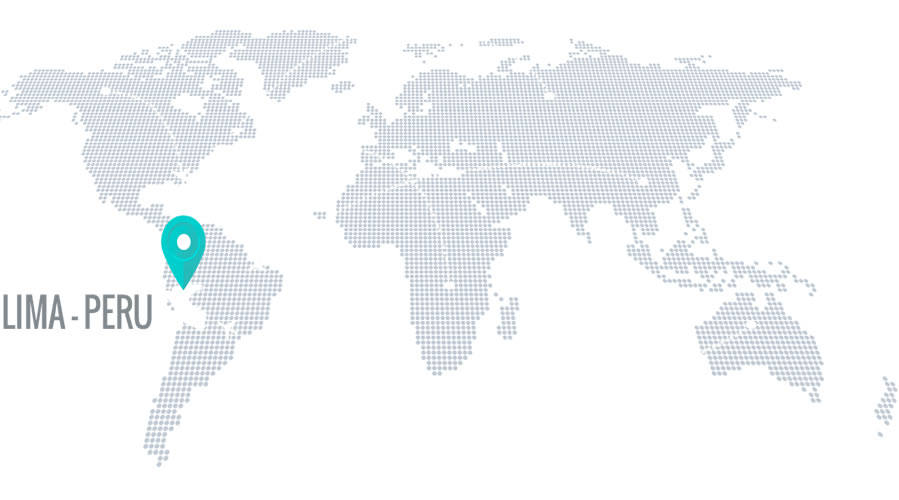
HISTORY OF MACHU PICCHU
Machu Picchu History | Machu Picchu Excursions | Visit Machu Picchu | Machu Picchu Circuit
THE NAME
From the Quechua language of the Incas; MACHU – WISE WITH A LOT OF MASTERY , PICCHU – OROGRAPHIC NAME, MOUNTAINS THAT END IN THE POINT OF THE PRONOUNCED ANGLE”. Its strategic location is closely related to the name it bears, the citadel of Machu Picchu it is located at 2,400 meters above sea level between the Machu Picchu Mountain that reaches an altitude of 3,050 meters above sea level and the Wayna Picchu Mountain that reaches up to 2,700 meters above sea level, where the 2 mountains end at pronounced angles; both mountains protect each other jealously.
LEARN MORE ABOUT MACHU PICCHU
It would be the fifteenth century of the Christian era, when the most powerful empire in America reached its peak in the hands of a worthy ruler who was called PACHACUTEQ (transformer of time and space projected into its continuity) for his exploits in war and his wisdom in conquest, a direct descendant of the sun god, he had to be, to have a sophisticated empire under his command without hunger or misery.
Beyond his admirable administration over a great empire, he also had large civil and religious construction projects such as temples, cities, roads of thousands of km, of which without a doubt, one of the most amazing and monumental works is the Inca city of Machupicchu, built in total harmony with nature, located in a safe place against all threats, be they natural in nature such as disasters or military attacks that are difficult to be seen and a strategic place to attack.
It is natural that common towns arose and developed according to the increase of their inhabitants; On the other hand, it is notable that from the government of Pachacuteq, the Inca cities were characterized by being planned and even framed by a wall that would limit the number of inhabitants that said city could accommodate, however apparently this only happened with some cities, especially those with the highest rank or category. A clear example is Machupicchu, which extends over 5 km2, on the edge of gigantic cliffs on the edge of a hill, whose sides outline the depths of the canyon ending on the banks of the river that constantly digs almost forming a gorge, walled on the east side and protected by a natural depression on the west side.
The interior is made up of a large number of buildings that clearly show the perfect planning that it had before being built. More than 500 superimposed platforms following the contour of the slopes, more than a thousand steps, a canal and 16 drinking fountains. The first 3 sources are for the religious area, warehouses, craft workshops, a great Acllawasi, home of the supreme chief of the city, home of the priest and most importantly, a large number of temples or religious places built with the greatest care and greatest precision of lace between the stones, with the only idea that his work would be for eternity.
Rocks carved in the form of effigies, in many cases demonstrating advanced knowledge of geometry and trigonometry, as is the case with the intiwatana; It is a complete civil, religious, administrative and economic work, in which they put their greatest knowledge in terms of architectural and engineering planning, surpassing all construction and engineering work of the time.
It is necessary to highlight that the ancient Inca sages did quite advanced work, which contemporaries from other parts of the planet still did not achieve at that time, especially engineering and astronomy work applied to architecture, with such precision. All this cautious work had its raison d’etre and a purpose to fulfill, a city manufactured by mandate of the state that had to be for the state.

It is important to emphasize that the city of Machupicchu has not yet been completed, its construction would have begun in the mid-15th century and was interrupted in the mid-16th century as a result of the Spanish invasion, it is evident that they did not reach the place because no element is destroyed to the purpose as it was done in other places, however it caused the abandonment, as of the date no one knew more about its existence, much less returned to continue building.
Nature took over, covering it as if the gods of the Incas entrusted it so that its secrets would die among the stones. Hundreds of stories walk such clouds that appear and disappear over the sacred city; gathering stories from Spanish chroniclers, historians of the republican period of Peru, updated scientific studies and most importantly material and immaterial sources, the distant descendants of the Incas of which we are still a part, in whom the essence of religiosity endures, the language, ways of living and much more.
In addition, with the experience of stepping on its tired floors every day, we can point out that: the highly respected city of Machupicchu, due to its strategic location, the quality of architecture used in its temples and, above all, for the quantity and distribution of the structures, must have To be a great meeting point for the elderly, wise men from their own and conquered territories, who had developed their own knowledge in different activities since time immemorial, such as astronomy, agriculture, architecture, engineering, science, medicine, art, etc., to sharing this knowledge, in order to then educate future generations.
In such a way that Machupicchu would be the UNIVERSITY if we translate it into today’s common language. In due time it was the point where a seed was brought and from Machupicchu the improved seed came out. Thus the sacred city is the birth of the maturity of Inca wisdom.


This Post Has 0 Comments